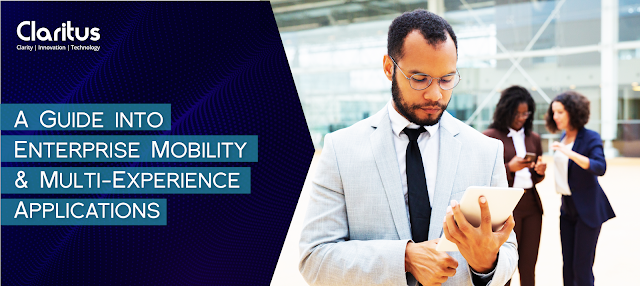A Pragmatic Look At Internet Of Things With 5G Technology
Envisioning 5G leads me to catchphrases such as speed, low latency, ubiquitous coverage, and massive capacity of the Verizon 5G Ultra Wideband network. Sounds amazing, doesn’t it? Now imagine compiling this futuristic cellular technology with the astute capabilities of IoT. Sounds even better.
5G
A few of the studies are centered on the value it might bring to others and society on the price. Regardless of these studies may end, nevertheless, it’s clear that 5G will impel innovation across varied sectors and springboard emerging technologies like IoT to eventually become an essential part of our lifestyle.
The commercial accessibility for 5G is set for sometime around 2020, many businesses are already working to create innovative worldwide criteria. Studies indicate that an estimated membership of 550 million 5G would happen in 2022 and the Asia Pacific are the second-fasted area with approximately 10 percent of subscriptions being 5G in 2022.
The Growth of mobile technology
1G – The first generation of the mobile network focused mainly on voice
2G – The second generation of the mobile network was mainly about voice and texting
3G – The third generation of the network focused on voice, texting, and data
4G – The fourth generation includes everything present in 3G but faster
5G – The fifth generation is supposed to be even faster than 4G, enabling you to download full-length HD movie in seconds
Internet Of Things (IoT)
However managing and linking growing quantities of smart automobiles, detectors on machines, and consumer electronic equipment lucratively will call for new and innovative business models.
Presently, the massive majority of earnings for IoT are made of connectivity, but truth be told, in the subsequent five decades, it’s forecasted that the earnings will be produced from support enablement platforms for example programs and solutions. Businesses, capable of managing and creating the ecosystem of service partners, distilling data in their IoT system, and converting that information into smart information are going to have the ability to make extra revenue depending on the value of their information rather than simply volume.
So let’s speak about the way IoT and 5G can operate in sync in addition to how these technologies are assumed to affect companies all over.
The possibilities
Connectivity
5G is vital for the future of IoT as there is a never-ending need for a quicker network with higher capacity that can assist with futuristic connectivity needs. You see, the thing is that the 5G spectrum expands the frequencies which will enable the sharing or transfer of data. As the name suggests the wide spectrum available for use, increases the bandwidth of the cellular network, making it easy to access and connect additional devices.
AR/VR
It is assumed that 5G and IoT would play a pivotal role in enhancing Virtual Reality/Augmented Reality (VR/AR). Since 5G would provide ultra-low latency, it would automatically enhance the AR/VR experience and open doors to multiple such possibilities for this technology in the fields of education and businesses.
Connected Devices
As technology is evolving every passing second and we have started integrating devices with IoT, we see a lot of businesses focus on use cases of connected devices in day to day life. For example, to use remote crane operations or to do remote surgery, you will need ultra-low latency over the mobile network, which 5G will bring in the future.
AI, edge computing, and cloud computing will all help to manage the data volume produced by the IoT technology, as 5G boosts network capacity. With advancements further in 5G, such as non-public networks, network slicing and 5G core, will ultimately help to realize the version of a global IoT network, supporting a massive number of connected devices.
SmartCity
When cities employ comprehensive ICT (Information and Communication Technologies) on a large scale, such as IoT technologies, they’re called”Smart Cities”.
Smart Cities aren’t dependent on any special or one of a kind IoT technology but comprise a range of IoT technology, such as suitable networks, mission-specific detectors, and functions and utilize efficient analytics, frequently from the cloud. Wireless connectivity has a powerful role to play at the usefulness of the technology.
IoT supplies an area for advancement for source management of several facets associated with city life and QoL (Quality of Lie), including smart transport system (traffic management & vehicular automation), energy consumption and conservation, intelligent assembles, the flow of products, occupancy/space direction (outdoors and indoors), source tracking and sensing, pollution monitoring (such as from auto traffic, factories, incinerators, crematoria), physical protection, immersive solutions (like wearables and crowdsensing), the greening of their environment and sustainability.
Healthcare
IoT and 5G will be massively helpful for Healthcare where we need to collate information quickly. You will get to see the real value as people would be able to make a quicker decision from multiple sources of data coming through multiple technologies. 5G is going to bring all that together. IoT and 5G need each other, to deliver some to the result we are expected to see over the next decade.




Comments
Post a Comment